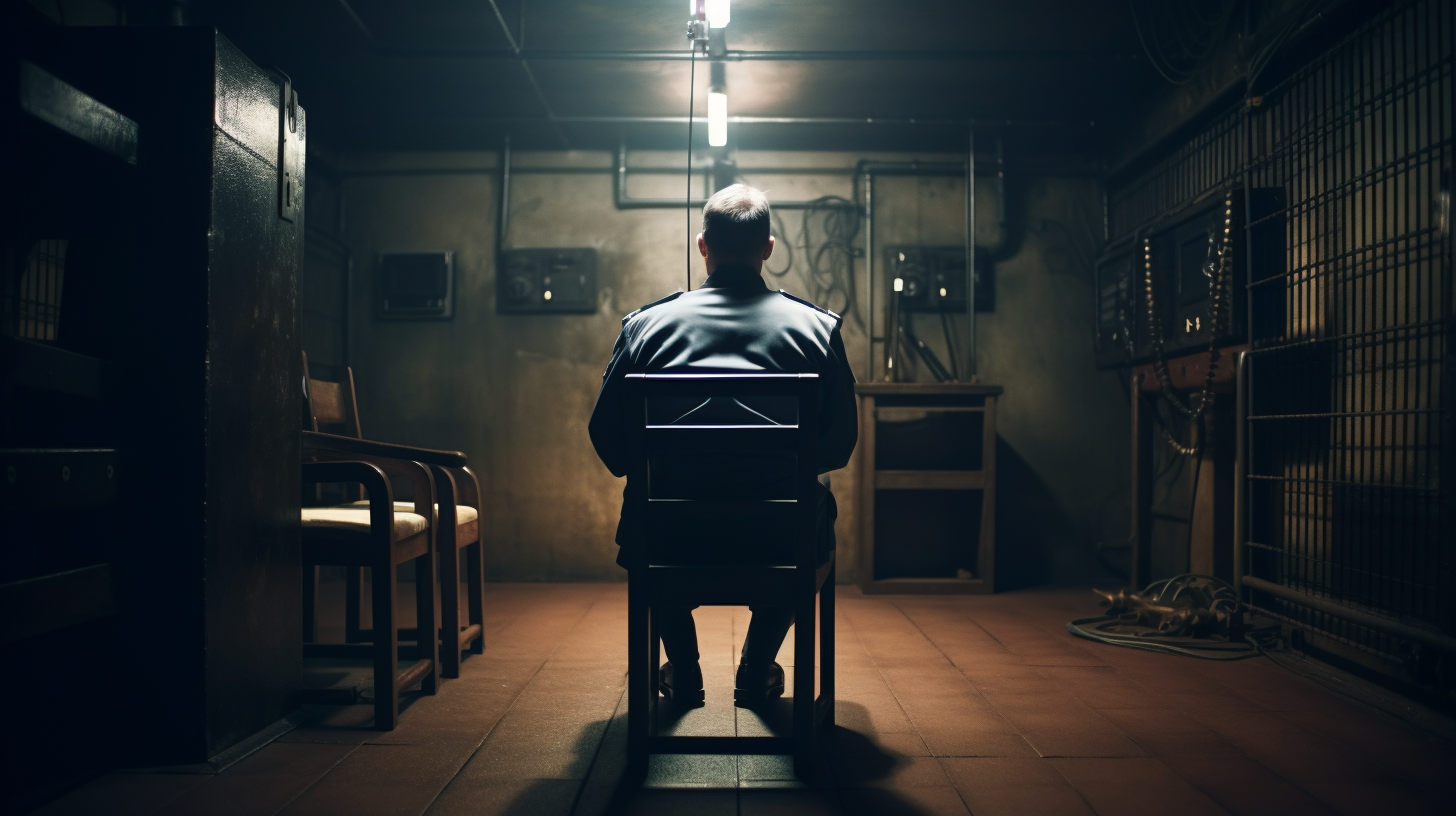The MK-ULTRA project remains one of the most infamous and controversial chapters in the history of the Central Intelligence Agency (CIA). Operating from the 1950s to the 1970s, this top-secret program aimed to develop mind control techniques for espionage and military applications. This article will explore the origins of MK-ULTRA, the extent of its operations, the various methods employed, and the lasting impact it has had on both the CIA and American society.



Origins and Objectives
The roots of MK-ULTRA can be traced back to the early years of the Cold War, as the United States and the Soviet Union engaged in an escalating battle for global supremacy. Fearing that the Soviets were developing mind control capabilities, the CIA established MK-ULTRA in 1953 under the direction of chemist Sidney Gottlieb.
The primary objective of MK-ULTRA was to research and develop mind control techniques for use in espionage, interrogation, and warfare. This included efforts to induce amnesia, alter personality, and manipulate the behavior of both enemy agents and unsuspecting civilians. In addition, the program aimed to create so-called “truth serums” to extract information from resistant subjects.
Methods and Experiments
MK-ULTRA employed a wide range of methods and techniques, often pushing the boundaries of ethics and legality. Among the most notorious were the following:



- Drug experiments: MK-ULTRA researchers tested numerous psychoactive drugs on human subjects, with the hope of discovering substances capable of altering mental states and inducing mind control. The most famous of these experiments involved the administration of LSD (lysergic acid diethylamide), a potent hallucinogenic drug. Subjects were often given LSD without their consent, and the effects were closely monitored.
- Hypnosis: The program sought to exploit the potential of hypnosis as a means of controlling the human mind. Experiments involved the use of hypnotic techniques to induce amnesia, implant false memories, and even create unwitting “sleeper agents” who could be activated on command.
- Electroconvulsive therapy (ECT): MK-ULTRA researchers explored the potential of ECT, a procedure that involves passing electrical currents through the brain, as a means of inducing amnesia and altering personality.
- Sensory deprivation: Some experiments investigated the effects of sensory deprivation, where subjects were isolated in dark, soundproof rooms for extended periods. The goal was to study the impact on mental functioning and assess the potential for inducing a state of heightened suggestibility.
- Physical and psychological torture: A variety of brutal techniques, including sleep deprivation, waterboarding, and stress positions, were employed in MK-ULTRA experiments to break down the resistance of subjects and render them more susceptible to mind control.
Institutional Involvement and Unwitting Participants
The scope of MK-ULTRA was vast, encompassing numerous research institutions, universities, and hospitals across the United States and Canada. Many of these organizations were unaware of the true nature of the program, as the CIA provided funding through front organizations and concealed its involvement.

One of the most troubling aspects of MK-ULTRA was the use of unwitting participants in the experiments. In many cases, subjects were not informed of the nature of the research, nor were they given the opportunity to provide informed consent. This included members of the general public, as well as prisoners, mental patients, and even CIA employees.
The Revelations and Fallout
The existence of MK-ULTRA remained a closely guarded secret until 1973 when the Watergate scandal prompted the CIA to destroy many of the project’s files in an attempt to cover up its activities. However, in 1975, the Church Committee, a U.S. Senate investigative body, launched an inquiry into the CIA’s activities, and the remaining MK-ULTRA documents were discovered.
The Church Committee’s revelations about MK-ULTRA triggered widespread public outrage and led to a series of congressional hearings in 1977. These hearings exposed the full extent of the program’s ethical and legal transgressions, as well as the involvement of numerous institutions and researchers.
In the wake of the scandal, the CIA implemented a series of reforms aimed at preventing future abuses. Among these were the establishment of the Office of Medical Services to oversee the agency’s research activities and the introduction of stricter guidelines governing the use of human subjects in experiments.
Moreover, many of the MK-ULTRA victims and their families sought legal redress, filing lawsuits against the CIA and other involved institutions. While some of these cases were settled out of court, others dragged on for years, and the full extent of the compensation awarded to the victims remains unknown.
The Legacy of MK-ULTRA
The legacy of MK-ULTRA continues to cast a dark shadow over the CIA and the history of American intelligence. The program’s abuses have fueled countless conspiracy theories, with many speculating that the CIA’s mind control experiments did not truly end in the 1970s but merely went underground.
More importantly, MK-ULTRA serves as a stark reminder of the potential for abuse inherent in covert government programs and the need for vigilance and oversight to prevent such transgressions in the future. The scandal also underscores the importance of ethical considerations in scientific research, particularly when it involves human subjects.
In popular culture, MK-ULTRA has become a symbol of government overreach and the dark side of intelligence operations. It has been referenced in numerous films, television shows, and books, often as a plot device to explore themes of control, manipulation, and the abuse of power.
In conclusion, the MK-ULTRA project remains one of the most disturbing and controversial episodes in the history of the CIA. Its secret experiments on unwitting subjects and the pursuit of mind control techniques stand as a chilling testament to the lengths that government agencies were willing to go in the name of national security during the Cold War. As we continue to grapple with the ethical and legal implications of intelligence activities, the lessons of MK-ULTRA must not be forgotten.




